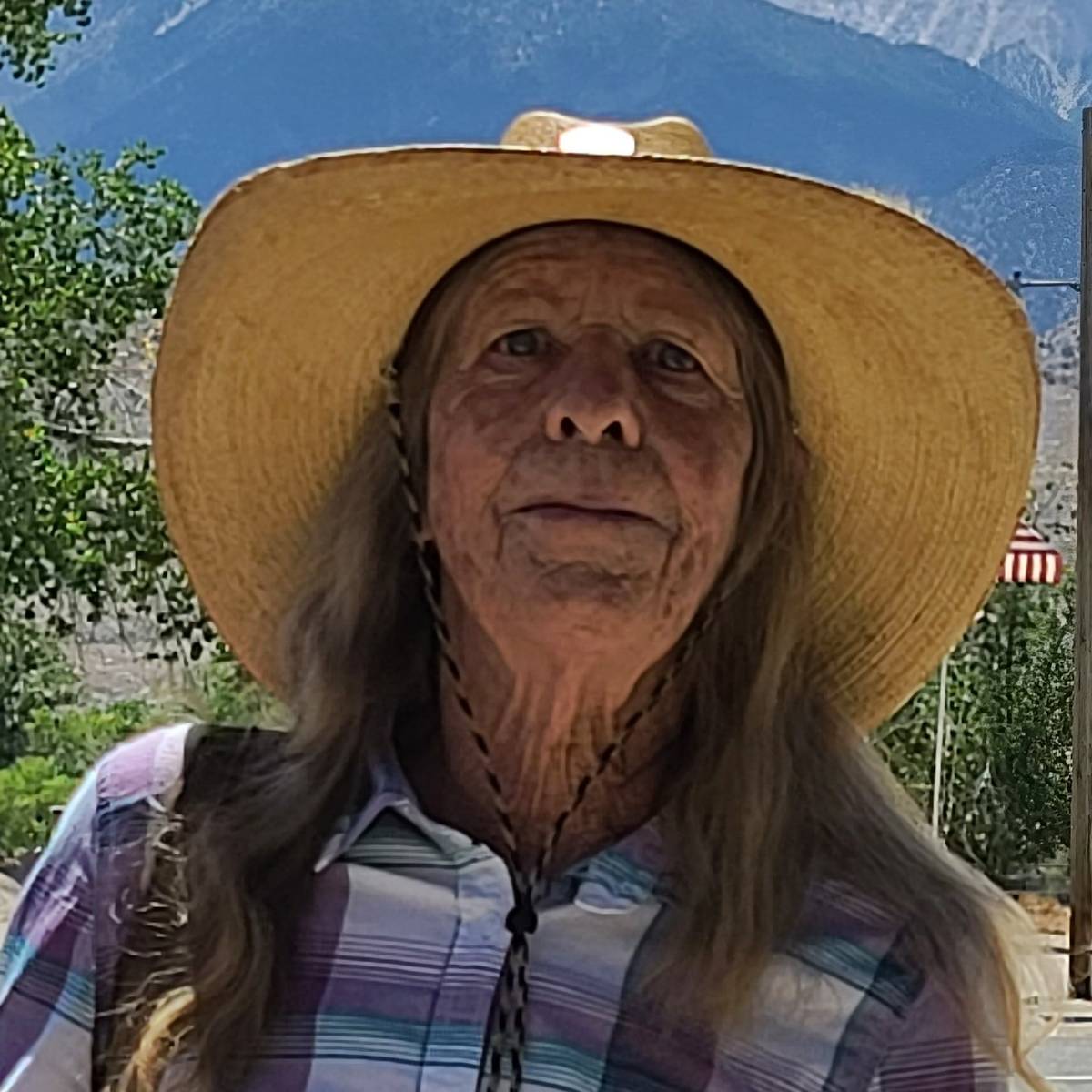Esmeralda County residents support lithium mining facility
Esmeralda County Nevada is located on the border with California, between Las Vegas and Reno on Highway 95. It is home to many historic sites, mining communities, ghost towns, a lush farming community, and contains scenic mesas, rugged mountain wilderness and vast open basins.
Many of the folks who live here do so by choice, whether seeking solace, as many of our extraordinarily high population of veterans do, or wanting an affordable, friendly community in which to retire.
Esmeralda County has many wonderful things - a pristine environment, strong community, many opportunities for outdoor activities - but there is no doctor, hospital, pharmacy, or grocery store in the county. We rely on volunteers and financial support from the county for emergency services and transportation for our elderly to doctors and shopping.
Expressed repeatedly in our land plans is the desire to protect our environment. Proof of our commitment is our early adoption of solar power at many county facilities and our farmers pioneering the use of water-conserving irrigation methods.
We also have a long history of relationships with mining. Mining companies have contributed much good to our people and county. In addition to the taxes they are required to pay, they have donated such things as emergency equipment, replaced the gym floor in a school, and encouraged their employees to volunteer as first responders by paying their wage while serving.
Due to the loss of revenue from the COVID-19 pandemic, and shutdowns in mining operations, Esmeralda County is reaching a point in which the number of citizens may no longer be able to financially support the county.
Our little corner of the state has been in the news a lot lately, but not because of concern for our community.
Rhyolite Ridge holds the largest known lithium and boron deposit in North America, and one of only two known in the world. A company called Ioneer is seeking to develop a lithium and boron quarry and production facility here that could bring major economic benefits to our county while also producing enough lithium chemicals to power 400,000 electric vehicles per year.
The problem is that Rhyolite Ridge is also home to a rare plant.
There have been many articles about the potential peril of this little flower. Few, if any, have mentioned the people who could be negatively affected if this project is thwarted.
This would be transformational for our county and the people who live and work here, delivering hundreds of family-supporting jobs for decades to come, providing tax and fee revenues for the state of Nevada and local governments are estimated to be around $10-30 million per year, while also producing the materials critical to our collective environmental future.
Extreme drought and rodents are already threatening Tiehm’s buckwheat. If the people from outside our community succeed in stopping the project, who will foot the bill to protect it? Maybe the plant’s best chance at long-term survival just might be a company that would be held accountable to its protection and conservation. Ioneer has already shown a commitment to putting up financial resources and collaborating with experts to help ensure its survival.
The benefits of this project are numerous – good paying jobs for decades to come, much-needed economic stimulus to rural Nevada, domestic production of a critical material needed to curb greenhouse gas emissions.
For these reasons, the people of Esmeralda strongly support the Rhyolite Ridge Lithium-Boron Project. We ask our state and federal leaders to consider the needs of the people who live and work here, who firmly believe that this project represents the best chance for our community’s prosperity.
Nancy Boland is a former chairwoman of the Esmeralda County Commission and currently serves on the Esmeralda County Land Use Advisory Committee. Kathy Keyes, Greg Dedera and Mark Hartman, residents of Fish Lake Valley, co-signed this opinion column.
Wildflowers damaged
Last year, conservationists found an estimated 40 percent of the plant's population destroyed. Fish and Wildlife officials announced in December that the damage was caused by animals.

















